QUESTIONS FOR CRAFTERS: Hillary Webb
In this installment of TCA’s artist profiles, profiler Nicole Morell chats with OCAD-trained textile artist Hillary Webb about her ethereal art, summers in Kenora and Mexican insects.
Q: Your work is really complex – there’s a lot of technique happening in those small spaces. Can you describe some of your recent work, like the birds and trees?
For the most part my work involves naturally-dyed cotton fabric that I stain with a residue of wax to bring out the subtle colours. The images of trees and birds are drawn on with pencil then I highlight aspects of the drawings with embroidery. The stitches I use the most are a running stitch and French knots. Sometimes I will embellish the piece with some of my bead and button collection.
Yep, I grew up in Don Mills. My mother is from
Q: You dye your own fabrics, which is pretty cool. And messy, I’m assuming. Tell us about that process. And what the heck is cochineal and umbilicaria? Do I have it in my backyard?!
Most of the plant dyes I use I find in my parent’s garden. I use flowers like marigold and dahlias. To create dye from plants, they have to be soaked in water, then boiled. Once the dye is ready to use I remove the plant stuff and add mordants like aluminum, iron, and copper to change the colour of the dye and make it colour-fast. Cochineal is an insect that is farmed on cacti in
Q: Tell us about your workspace. Where do you work and when do you feel most inspired?
My favourite time to work is when I can go up to my parents for a couple of days, usually over a weekend. They still live in
Q: Let’s hear it for supportive parents with well-stocked workshops! Sounds like a great set-up. Do you have a current favourite tool?
My father’s chop saw. I just made some lightboxes and loved the process of building the boxes to stretch my art over. It had been a while since I worked with wood, and I love building things.
I was at a big symposium at Harbourfront Centre last month that was entitled “Crafting New Traditions.” A lot of the talk focused on how underrepresented the craft community is in
Q: Do you consider yourself part of the art/craft community or the art community or do you even make the distinction?
I think that there is a lovely community of craftspeople in
Q: You were a part of the MADE show at the
It was my first time participating, but it is not the first public show I've done - I have had a booth at the Outdoor Art Exhibition at
A: I have only recently felt comfortable telling people I'm an artist when they ask me what I do. In the past year it has begun to be the first thing I will say when people ask me what I do. I realized that the jobs I keep to pay the bills are not where my heart is - I am much more enthusiastic talking about my art. I love explaining my process and techniques.
Q: I completely relate to that. Isn’t it the greatest thing to be able to make a living doing something you love? As an up and coming artist what role do things like flickr, craft/art blogs, and the online arts community play? Or do they play a role for you at all?
Unfortunately I’m still not able to make a living just making my art. I have to work four days a week at a “regular job” and do art, grant applications, and update my website when I get home at night. This generally means that I don’t have too much extra time to take advantage of what things like flickr and other online arts communities offer. I hope that one day I can work less at my day job so that I can spend more time doing the things I need to do to promote my art.
:::::::::::::::::::::
A freelance writer turned retailer and part-time crafter, Nicole’s Etobicoke shop, Honeybunch, is a bijoux corner shop filled with laid-back and affordable children’s décor, gear and toys – and crafty goodness too.
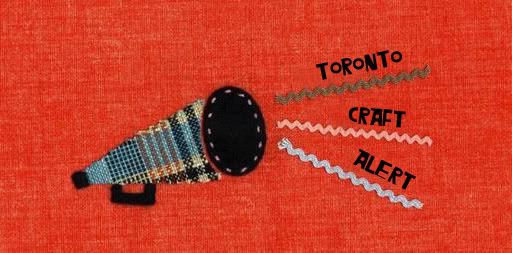
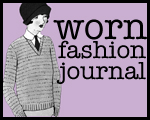
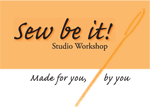

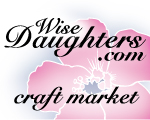
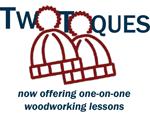

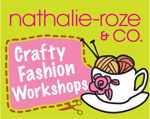


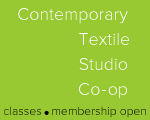

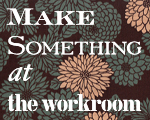

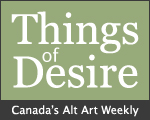

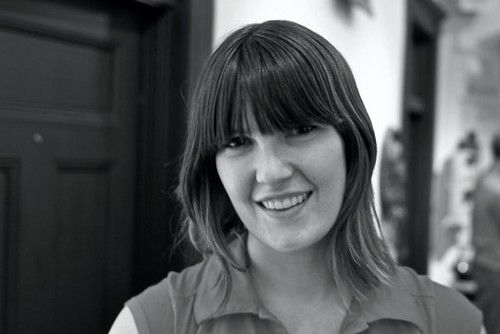
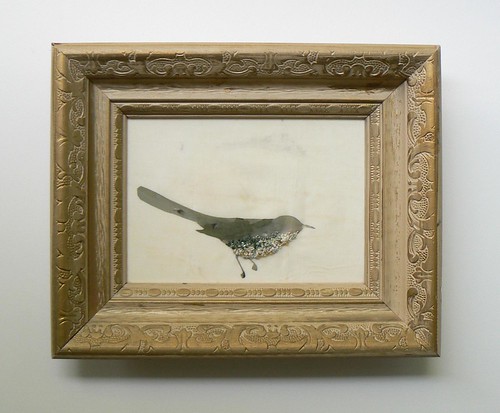



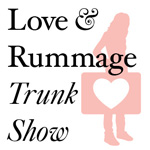




2 Comments:
I say some of Hillary's work at the Made show and those pictures don't do it justice....it is stunning, elegant and beautiful...so happy to see this interview here.
*i mean to say that I 'saw'
Post a Comment
<< Home